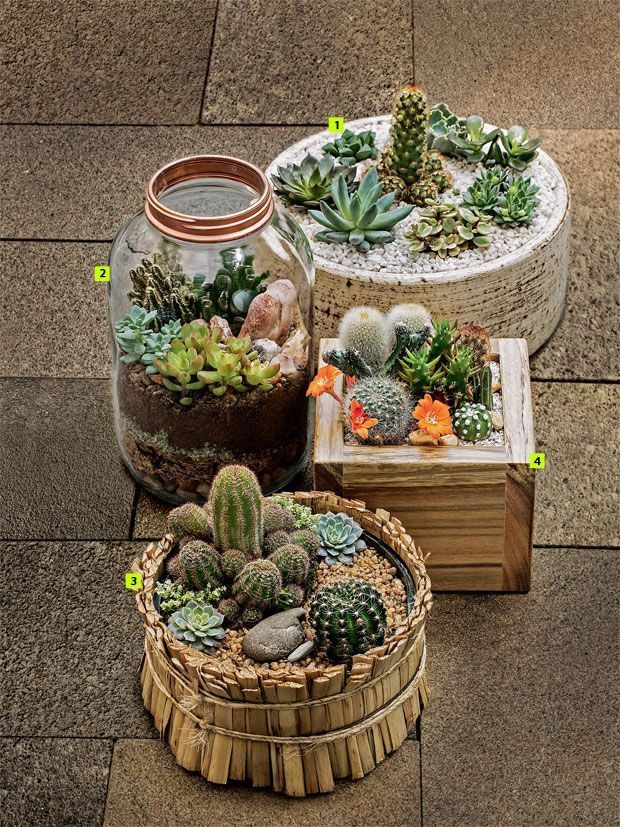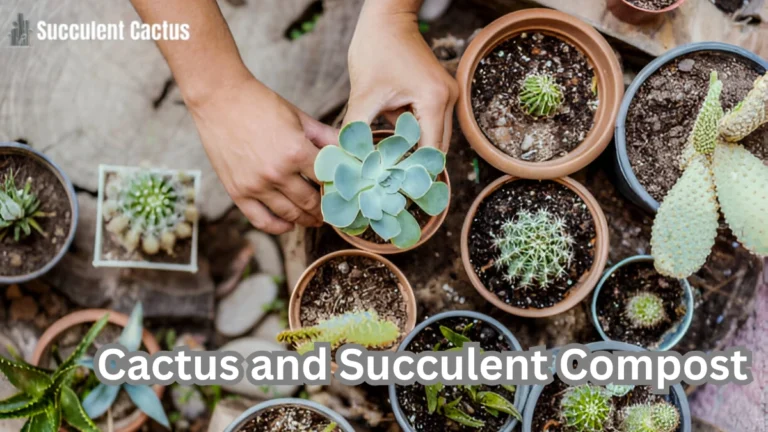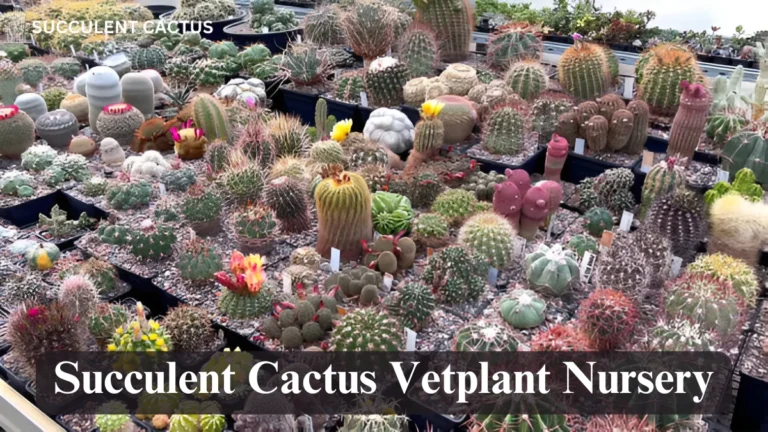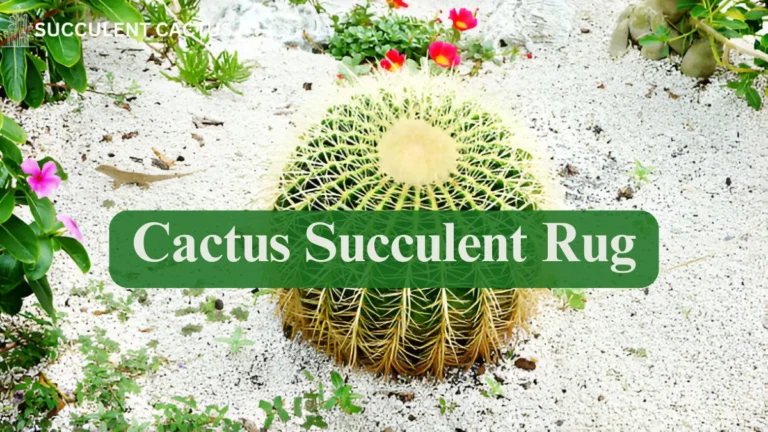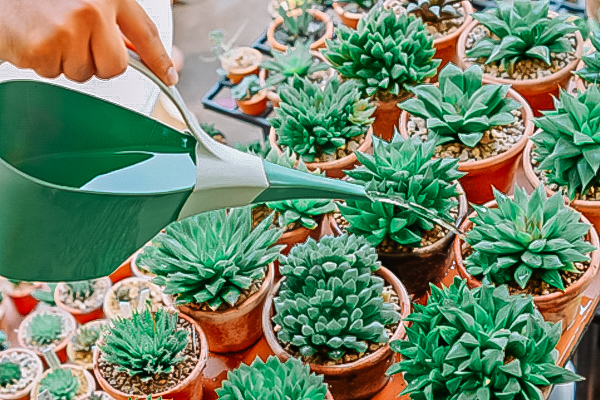Exploring the Different Cactus Kinds of Succulent Plants: A Comprehensive Guide
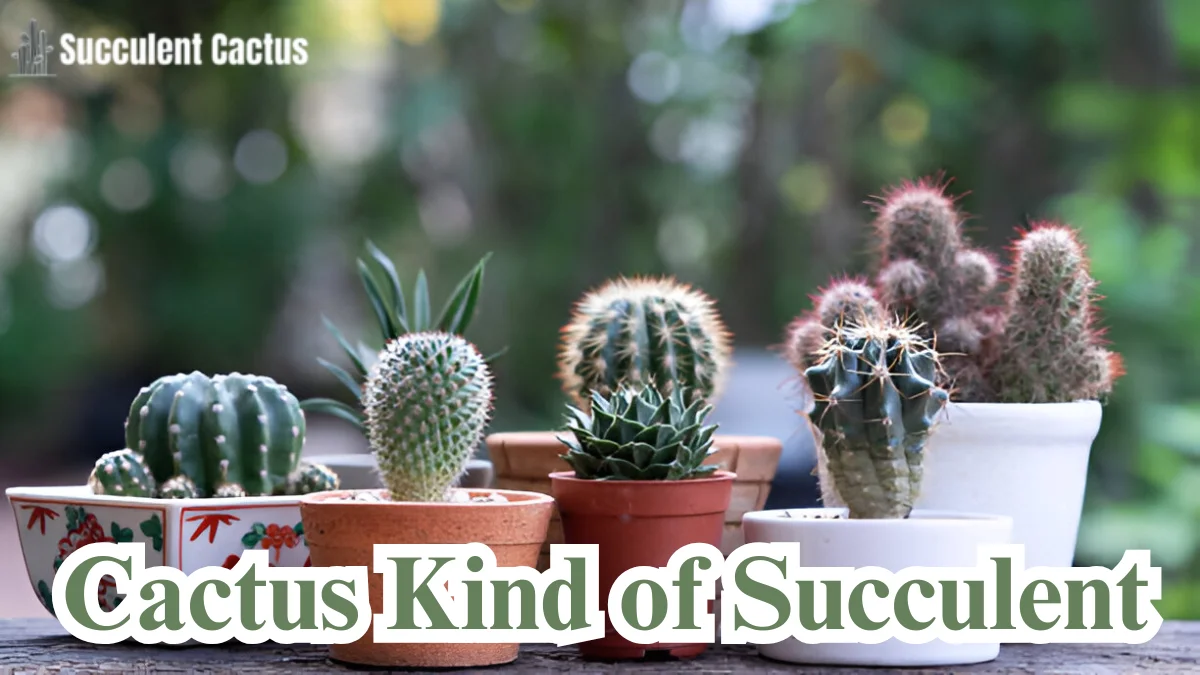
Understanding Cactus as a Kind of Succulent
Defining Succulents and Cacti
Succulents are plants adapted to survive in arid climates by storing water in their leaves, stems, or roots. Cactus as a kind of succulent that exhibit unique features such as areoles. While all cacti are succulents due to their water-retentive nature, not all succulents qualify as cacti. The distinction lies in their structural features and the environments in which they thrive.
For example, succulents like jade plants or aloes store water in fleshy leaves, while cacti use their thick stems to perform photosynthesis and retain moisture. This allows cacti to dominate desert ecosystems where most plants would struggle.
Cactus vs. Other Succulents
Cactus as a kind of succulent stand apart due to the presence of areoles, specialized structures that serve as the birthplace for spines, flowers, and new growth. This feature is absent in other succulents. Additionally, cacti have adapted their stems to replace leaves for photosynthesis, reducing water loss through transpiration.
A comparative table highlights these differences:
| Feature | Cacti | Other Succulents |
| Presence of Areoles | Yes | No |
| Primary Water Storage | Stem | Leaves |
| Photosynthesis Site | Stem | Leaves |
Why Are All Cacti Succulents, But Not All Succulents Cacti?
The water-storage capacity of all cacti places them in the broader succulent category. However, their evolutionary divergence gave rise to distinct features like spines and waxy coatings, making cacti a specialized group within the succulent family.
Evolution and Natural Habitat of Cacti
Origins of Cactus as a kind of succulent
Cacti originated in the Americas approximately 35 million years ago. Fossil records reveal how they evolved as environments became increasingly arid. These changes drove the development of their hallmark traits: spines for protection, stems for water storage, and shallow roots for quick water absorption.
Where Do Cacti Grow Naturally?
Cacti are native to a variety of climates but are predominantly found in desert and semi-arid regions. Notable examples include:
- Sonoran Desert: Home to iconic species like the saguaro cactus.
- Atacama Desert: Hosts cacti that survive in one of the driest climates on Earth.
Cacti have also spread to grasslands, tropical forests, and mountainous regions, showcasing their adaptability.
Adaptations to Harsh Environments
Cacti thrive in extreme conditions through remarkable adaptations:
- Waxy Cuticle: Prevents water loss through evaporation.
- Spines: Act as both a defense mechanism and a means of shading the plant.
- CAM Photosynthesis: Cacti perform photosynthesis at night to reduce moisture loss during the day.
The Anatomy of a Cactus
The Stem
The stem is the most critical component of a cactus. It serves multiple purposes, such as:
- Water Storage: The thick, fleshy structure retains water for extended periods.
- Photosynthesis: The absence of leaves shifts the responsibility for food production to the stem.
- Structural Integrity: The ribbed or pleated design allows the stem to expand or contract based on water availability.
The Areoles
Areoles are small, cushion-like structures unique to cacti. They are the points from which spines, flowers, and new branches emerge. These specialized structures distinguish cacti from other succulents and serve as a defense mechanism against predators.
The Roots
Cactus as a kind of succulent have a shallow, widespread root system designed to absorb water quickly during rare rainfalls. In some species, deep taproots anchor the plant and access underground water sources.
Popular Types of Cacti
Saguaro (Carnegiea gigantea)
The saguaro cactus is an iconic species native to the Sonoran Desert. Known for its towering height and longevity, the saguaro can grow up to 40 feet and live for more than 150 years. Its flowers, which bloom in late spring, are a key food source for desert animals.
Prickly Pear (Opuntia spp.)
Prickly pear cacti are easily recognized by their flat, paddle-shaped segments. These versatile cacti produce edible fruits and pads that are staples in Mexican cuisine. They are also highly adaptable, thriving in both deserts and grasslands.
Christmas Cactus (Schlumbergera spp.)
Unlike typical desert cacti, the Christmas cactus is native to tropical rainforests. It thrives in humid, shaded environments and produces vibrant, tubular flowers during the holiday season, making it a favorite houseplant.
How to Care for Cacti
Light Requirements
Cacti require bright, direct sunlight to thrive. Indoor cacti should be placed near a south-facing window or supplemented with grow lights. Too little light can lead to weak, elongated growth, a condition known as etiolation.
Watering Schedule
The key to watering cacti is moderation. Allow the soil to dry out completely between waterings to mimic their natural environment. Overwatering is a common mistake that leads to root rot.
Soil and Potting
Cacti require well-draining soil to prevent waterlogging. A mix of sand, perlite, and organic matter is ideal. Additionally, pots with drainage holes are essential for maintaining healthy roots.
Common Issues and How to Solve Them
Overwatering and Root Rot
Overwatering is the leading cause of cactus problems. Signs include yellowing, mushy stems, and a foul odor. To remedy root rot:
- Remove the cactus from its pot.
- Trim away rotted roots.
- Repot the plant in fresh, dry soil.
Pests
Common pests like mealybugs and spider mites can infest cacti. These pests feed on plant sap, weakening the cactus. Treatments include:
- Neem Oil: A natural insecticide.
- Insecticidal Soap: Safe for use on plants.
Sunburn
Cacti can suffer from sunburn when exposed to sudden, intense sunlight. This causes white or brown patches on the stem. Gradually acclimate the cactus to direct sunlight or provide shade during peak hours.
Propagating Cacti: A Step-by-Step Guide
Methods of Propagation
Cacti can be propagated through various methods, including:
- Cuttings: The most common method where a segment of the cactus is cut, allowed to dry, and then planted.
- Offsets/Pups: Many cacti produce small offsets or “pups” that can be separated and replanted.
- Seeds: Though time-consuming, growing cacti from seeds is rewarding for patient gardeners.
Each method has its advantages. For beginners, offsets and cuttings are the easiest, while seeds provide an opportunity to grow rarer species.
Preparing Cactus Cuttings
Propagating through cuttings requires careful preparation:
- Select a Healthy Section: Choose a stem or segment that is disease-free.
- Allow Drying: Let the cutting dry for a few days until a callus forms. This prevents rot when planted.
- Plant in Well-Draining Soil: Insert the cutting into a pot with cactus soil and water sparingly.
Caring for New Plants
Once planted, new cacti require specific care to thrive:
- Keep in a bright location but avoid direct sunlight initially.
- Water sparingly until roots develop.
- Check for root growth by gently tugging the plant after a few weeks.
Benefits of Growing Cacti
Aesthetic Appeal
Cactus as a kind of succulent are celebrated for their unique shapes and vibrant flowers, making them excellent decorative plants. They suit various interior design styles, from minimalist to bohemian, and can serve as focal points in any room or garden.
Health Benefits
Cacti are natural air purifiers, absorbing carbon dioxide and releasing oxygen, especially at night. Some species, like the prickly pear, offer edible fruits rich in nutrients and antioxidants.
Low Maintenance
One of the biggest benefits of cacti is their low maintenance. They require minimal watering, making them ideal for busy individuals or those new to gardening.
Cacti in Home Décor and Landscaping
Indoor Décor Ideas
Cacti add a touch of nature and sophistication to indoor spaces. Popular uses include:
- Desktop Plants: Small cacti in decorative pots are perfect for workspaces.
- Living Walls: Cacti can be incorporated into vertical gardens for an artistic statement.
- Terrariums: Combine small cacti with other succulents and decorative stones in a glass container.
Outdoor Landscaping
In gardens, cacti can serve as:
- Focal Points: Large species like golden barrel cacti can be the centerpiece of a xeriscape garden.
- Borders: Rows of smaller cacti can create natural borders.
- Rock Gardens: Cacti blend beautifully with stones and gravel for a natural desert aesthetic.
Seasonal Displays
Certain cacti, like the Christmas cactus, are popular for seasonal displays. Their bright flowers and unique growth patterns make them ideal holiday decorations.
Popular Myths About Cacti
Myth: All Cacti Have Spines
While most cacti are known for their spines, some species, like the spineless prickly pear, lack this feature. These adaptations depend on the plant’s natural environment.
Myth: Cacti Don’t Need Water
Although cacti are drought-tolerant, they still require water to survive. Overwatering is harmful, but under-watering can also weaken the plant. A balanced approach is crucial.
Myth: Cacti Can Only Grow in Deserts
Cacti are highly adaptable and can grow in various climates, including tropical rainforests (e.g., Christmas cactus) and temperate regions when provided the right care.
Creative Ways to Use Cacti
Culinary Uses
Some species of cacti, like the prickly pear, are edible. The pads (nopales) are used in dishes like tacos and salads, while the fruit is often turned into jams, juices, and candies.
Natural Fencing
Tall, spiny cacti can act as a natural barrier to protect gardens from animals and intruders. They are particularly popular in arid regions where conventional fences may deteriorate.
Gifts and Souvenirs
Cacti make excellent gifts due to their low maintenance and aesthetic appeal. Miniature cacti in decorative pots are popular souvenirs and housewarming presents.
Preserving and Protecting Cactus Species
Threats to Cactus Populations
Cacti face numerous threats, including:
- Overharvesting: Many species are collected illegally for ornamental use.
- Habitat Loss: Urbanization and agricultural expansion reduce natural habitats.
- Climate Change: Shifting weather patterns affect their ability to thrive in native environments.
Conservation Efforts
Organizations like the Cactus and Succulent Society of America (CSSA) are working to protect cacti through:
- Seed banks and propagation programs.
- Advocacy for stricter regulations on cactus harvesting.
How You Can Help
Home gardeners can contribute by purchasing cacti from ethical sources, growing native species, and spreading awareness about the importance of cactus conservation.
FAQs
- Are all cacti succulents?
Yes, all cacti are succulents, but not all succulents are cacti. The key distinguishing feature is the presence of areoles in cacti. - How often should I water my cactus?
Water only when the soil is completely dry. This typically means every 2-4 weeks, depending on the climate and season. - Can cacti survive indoors?
Yes, many cacti thrive indoors if they receive bright light and proper care. - What is the easiest cactus to grow for beginners?
The golden barrel cactus and the prickly pear cactus are excellent choices for beginners due to their low maintenance needs. - Why is my cactus turning yellow?
Yellowing is often a sign of overwatering, root rot, or insufficient sunlight. Adjust care accordingly.
Conclusion
Cactus as a kind of succulent, a fascinating subset of the succulent family, offer beauty, versatility, and resilience. From their unique adaptations to their aesthetic and practical uses, cacti have earned their place as beloved plants in homes and gardens worldwide. By understanding their needs and caring for them responsibly, you can enjoy the many benefits of these remarkable plants while contributing to their preservation. Whether you’re a seasoned gardener or a beginner, cultivating cacti promises a rewarding experience.

